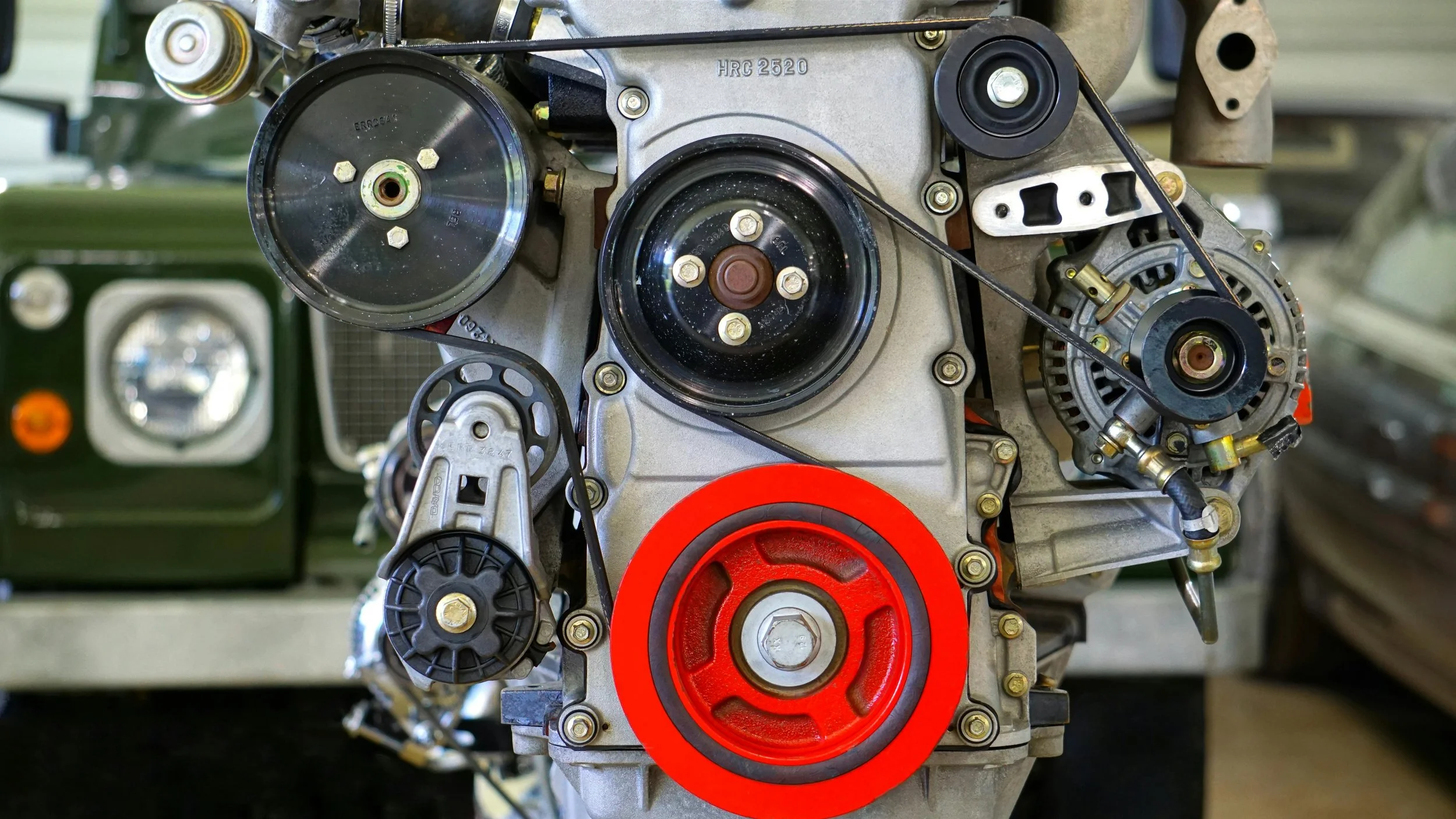Maximizing ROI from Fixed Assets: When to Own vs. When to Lease
Speed in collections is the ultimate measure of efficiency.
Fixed assets are the backbone of any manufacturing company. But owning everything outright doesn’t always lead to better financial performance. In fact, capital tied up in underutilized or aging assets can quietly erode profitability and limit flexibility.
The smarter play? Be strategic. Knowing when to own and when to lease your fixed assets can significantly improve return on investment, enhance operational agility, and strengthen your balance sheet. But this decision isn’t one-size-fits-all. It depends on multiple operational and financial factors.
Three Key Reasons to Strategically Assess Your Fixed Assets
1. Cash Flow and Capital Allocation
One of the most immediate benefits of leasing is capital preservation. Leasing assets allows companies to avoid large upfront costs, freeing up cash for growth-oriented initiatives like hiring, R&D, or market expansion. On the flip side, ownership can offer long-term savings and tax advantages, particularly for companies with strong capital positions and longer asset life cycles.
Example:
A company that’s scaling rapidly may choose to lease equipment to maintain liquidity, while a more mature firm with steady cash flow might purchase critical infrastructure to benefit from depreciation and collateral value.
2. Operational Fit and Strategic Control
Certain assets are tightly woven into your operations and require deep integration or continuous use. These are typically better owned. When usage is heavy, customization is critical, or compliance is strict, owning ensures full control over uptime, maintenance, and technical specs.
Leased assets, however, are often ideal for short-term, seasonal, or low-intensity uses. They’re also easier to swap out as technology evolves, reducing the risk of obsolescence.
Example:
A bottling line tailored to a proprietary process is best owned. But a forklift used intermittently in warehouse operations might be better leased.
3. Risk Management and Financial Reporting
Asset ownership can strengthen a company’s financials by adding value to the balance sheet and enabling asset-backed borrowing. But it also exposes the business to risks (think rapid obsolescence, unforeseen maintenance costs, and technological shifts). Leasing reduces these risks by transferring responsibility for upkeep, compliance, and replacement to the lessor.
For businesses navigating uncertain markets or launching new products, leasing can provide the operational flexibility to adapt quickly without locking in capital or carrying long-term liabilities.
Use This Framework to Guide Ownership Decisions
Deciding between ownership and leasing requires looking at how an asset fits into your operations, financial goals, and risk tolerance.
As shown in the chart below, factors such as usage intensity, customization needs, regulatory compliance, and maintenance responsibility can all help determine the optimal strategy. Companies should routinely assess their fixed asset portfolio using these criteria to avoid the trap of defaulting to ownership or over-leasing out of habit.
| Factor | When to Own your Fixed Assets | When to Lease your Fixed Assets |
|---|---|---|
| Usage Intensity | Asset is used heavily or 24/7 | Usage is intermittent, seasonal, or project-based |
| Customization Needs | Equipment is customized or integrated with production lines | Standard equipment or easily swappable tools |
| Proprietary Advantage | Asset supports proprietary processes or is under IP protection | No competitive advantage tied to the equipment |
| Control Requirements | Full control over uptime, maintenance, or compliance is essential | Shared control or service-level agreements are sufficient |
| Project Duration | Long-term or permanent need (5+ years) | Short-term or uncertain time horizon |
| Financial Position | Company has capital, tax appetite, or seeks asset depreciation | Company prefers to conserve cash or preserve borrowing capacity |
| Regulatory Compliance | Requires full traceability, GMP validation, or industry-specific certification | Regulatory requirements can be met by leasing partner |
| Geographic Limitations | Remote or complex installations make leasing impractical | Equipment can be easily delivered and removed |
| Maintenance Responsibility | Company wants to manage maintenance internally or tailor schedules | Prefers vendor-managed maintenance included in lease |
| Innovation/Obsolescence Risk | Low; technology is stable and will retain value | High; equipment will be outdated quickly |
| Credit and Collateral Considerations | Company can use asset for collateral or improve balance sheet | Leasing improves ratios or avoids taking on debt |
This matrix can be used internally by finance and operations leaders to evaluate new capital expenditures or revisit existing assets that may no longer be pulling their weight.
Conclusion: Strategic Asset Management is a Competitive Advantage
Companies that evaluate their fixed assets through the lens of both financial impact and operational relevance gain an edge. Owning makes sense when control, longevity, and integration matter. Leasing is best when flexibility, risk mitigation, and capital preservation are priorities.
Smart asset strategy should be focused around making your capital work harder, faster, and more strategically. With the right framework in hand, companies can align asset decisions with their broader goals and build a more resilient and profitable operation.

